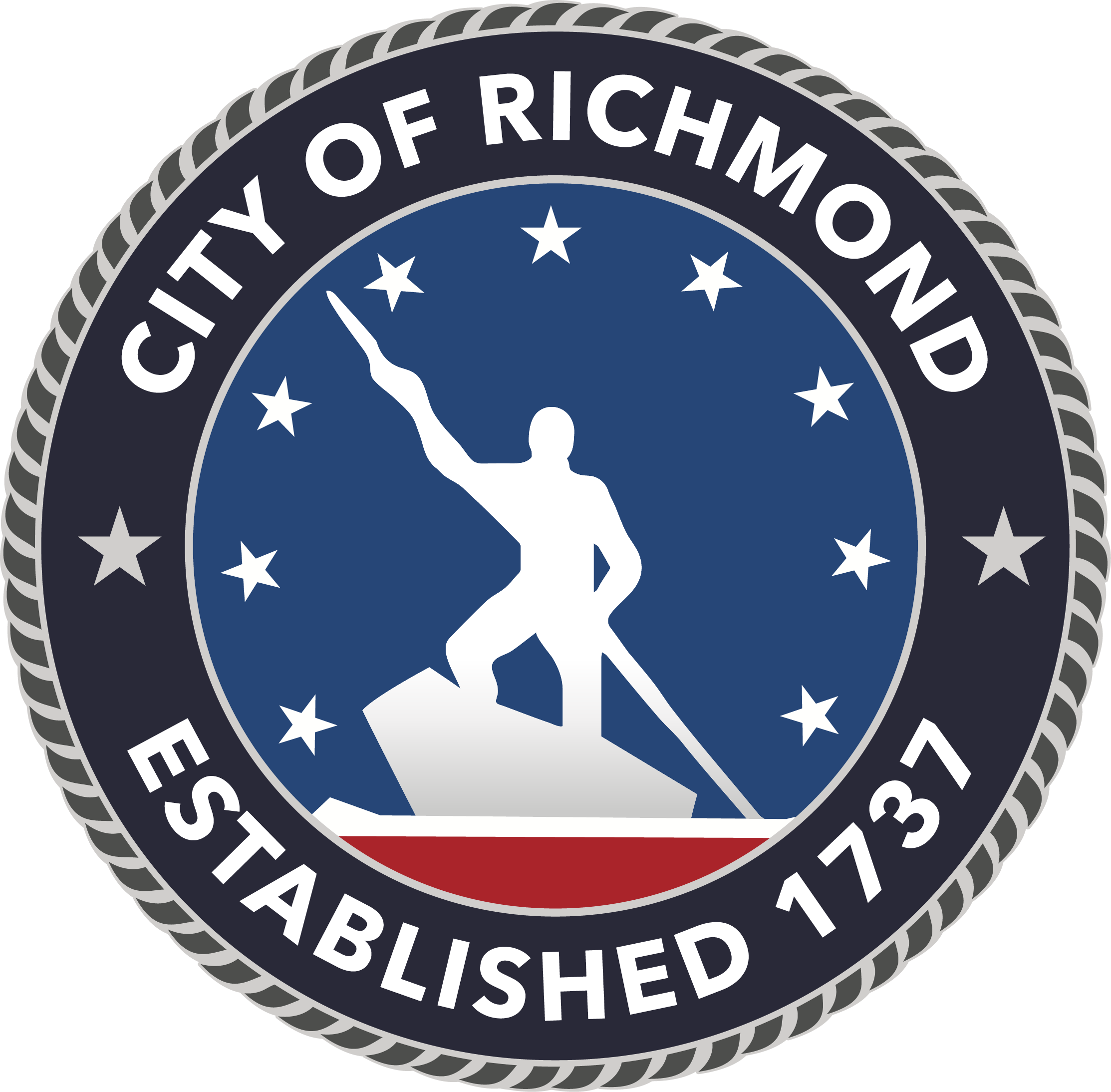Kimberly M. Chen
Department of Planning and Development Review
900 East Broad Street, Room 511
Richmond, VA 23219-1907
Cultural Heritage Stewardship Plan
(Cultural Resource Management Plan)
Click HERE to read the final Cultural Heritage Stewardship plan.
Thank you for your comments and participation in this important process. The plan will be presented at the November 18th Planning Commission meeting – 6pm, 5th Floor Conference Room in City Hall. Please, come and support the community’s hard work.
You will notice a new name for the plan that has grown out of continued community engagement and discussion. The new name is based on a collaborative understanding of two key terms: cultural heritage is a legacy of tangible and intangible attributes of a group or society inherited from the past; and stewardship is the care and responsible management of these attributes.
In alignment with the goals set forth in Richmond 300: A Guide for Growth, the City aims to develop a city-wide Cultural Heritage Stewardship Plan (CHSP). City Staff will primarily use this Plan to enhance the City’s existing policies, ordinances, and programs. It will also outline practical strategies and goals while acknowledging historic preservation’s existing and future role in managing change and shaping Richmond’s community identity. The CHSP will center equity and inclusion by honoring historic places and experiences that are important to historically underrepresented communities. These values influence our goal to re-frame historic preservation practices and policies to serve all residents.
You can view a recording of the February 5 Cultural Heritage Stewardship Plan meeting here
You can view a recording of the November 15, joint 2nd and 5th Council Districts Cultural Resource Management Plan meeting here
New documents have been added in the Upcoming Community Presentation & Opportunities for Input, Community Questionnaire, and Preliminary Outline tabs
Click HERE to view the 2nd Draft of the Cultural Heritage Stewardship Plan.
Despite the vast number of historic and cultural resources in Richmond, the City has never had a city-wide comprehensive plan or process for identifying, evaluating, and protecting these community assets. The purpose of a CHSP is to identify, preserve, and promote stewardship of a community’s cultural assets and historic resources. These may include buildings, structures, places, landscapes, below-ground resources (like archaeological artifacts or cemeteries) or more intangible types of resources like community ties and oral history. A plan also provides a way to manage change as communities evolve and grow over time. Therefore, preparation of this plan was identified as an important next step following the adoption of Richmond 300.
The outline below offers a preview of what the plan may ultimately look like. This outline will be revised throughout the project based on the results of stakeholder engagement and community input.
Phase 1 of the CHSP began in January 2023. Work conducted during this phase focused primarily on background research, targeted stakeholder engagement and small group interviews, and development of a preliminary outline and recommendations for Phase 2 of the project.
Over the course of Phase 2 of the project, there will be multiple opportunities for input. Dates of upcoming community engagement sessions will be added here.
Community Presentation from Community Input Sessions 1 and 2.
Community Presentation from February 5
The chart below provides an overview of the opportunities for public input throughout the project.

Thank you for responding to the Community Survey that was open from October 16 to November 20, 2023. We had over 400 responses and you can review the results here







